阐述日本手机游戏的协同营销策略
作者:Dr. Serkan Toto
正如我以前提到的,日本是世界上唯一允许手机游戏在电视上经常播放广告的国家。
这些手机游戏广告可不是插播在没什么人看的午夜时段的小众节目之间。DeNA、GREE和GungHo等许多开发商付钱把广告放在黄金时段,并且是在国家电视频道循环播放。
这种行为已经持续数年了。
在我看来,电视广告是使日本手机社交游戏行业发展飞速的关键原因。以DeNA和GREE为例,这两大开发公司在电视广告上的花费相当大,超过Toyota、Sony和其他国际品牌。
除了电视,我还看过另一种(比较新的)营销和用户开发工具只在日本使用。本文称其为“协同营销”,也就是,“游戏A”中的内容(游戏邦注:主要是特殊的、识别度高的角色)在一段时期内出现在“游戏B”中,反之亦然。游戏A和游戏B可能出自相同的公司,但这种营销通常出现在不同公司的游戏中。
换句话说,内容协同营销的目的是,为现有的游戏做营销推广,以开发新玩家——不要与“交叉推广”的概念相混淆。二者的区别在于,这种合作通常同时发生在两家不同公司的游戏之间(理论上可以涉及两款以上的游戏),且有时间限制;需要更多的协调和准备时间。
与昂贵的电视广告不同,小型开发者也可以采取这种营销策略。
案例1:
以下最近的例子,《Princess Punt Sweets》(出自《Puzzle & Dragons》的制作公司GungHo)和塔防游戏《Battle Cats》(出自小型开发公司Ponos)之间的跨公司合作。
两款游戏都具有独特的风格,所以二者的合作显得顺理成章。这次协同营销将持续到5月12日。下图显示的是公主Punt出现在《Battle Cats》中:
下图显示的是《Battle Cats》的角色出现在GungHo的游戏中:
案例2:
几个月以前,Konami的两款成功的社交游戏,也就是《Metal Gear Solid Social Ops》和《Dragon Collection》之间出现协同营销。
就在几天以前,《Dragon Collection》的玩家得到了数量有限的“Gear Rex”怪兽卡:
而《Metal Gear Solid Social Ops》的玩家得到了带有《Dragon Collection》背景的卡片,卡片中的人物肩膀上还趴着出自《Dragon Collection》的一只可爱的泥巴怪:
这种协同营销发生在GREE的日本平台。完成《Metal Gear Solid Social Ops》的教学任务的玩家,将获得“Dragon Collection”卡片作为奖励,反之亦然。
案例3:
东京开发商xeen也进行了一次协同营销,将出自它的手机社交游戏《Magical Girl Wars》的内容放在Capcom的卡片战斗游戏《Ninja Arms》中。这次合作从3月份开始,现在仍在进行中。
《Ninja Arms》的玩家可以得到下面这张限量版卡片(卡片中的著名角色出自xeen的游戏):
另一方面,《Magical Girl Wars》的玩家可以给自己的角色换上Capcom游戏角色的服装:
这种营销之所以成功,是因为两款游戏都只需要使用出现在游戏首页的特殊序列号就能兑换道具。
案例4:
在最近的一次合作中,Sega游戏甚至在设备之间的营销,以推广他们自己的两款游戏。
上月,Sony PSP上的RPG游戏《7th Dragon 2020》中的许多角色出现在Sega的热门手机游戏《Dragon Coins》中。
案例5:
协同营销也不一定只发生在游戏与游戏之间。有些游戏也使用来自著名动画或漫画中的角色,给老玩家带来新鲜感,同时吸引新玩家(合作公司的产品的粉丝)。
Drecom与动画工作室Kinema Citrus签署了一份协议,允许前者在其游戏日版《Reign Of Dragons》中使用动画片《Yuyushiki》的角色,为期一周(截止到5月7日)。幸运的玩家将得到相应的角色卡片,并且能在游戏中听到角色的动画原声。
下图显示的是一名《Yuyushiki》角色卡片,可在日版《Reign Of Dragons》的“Dragon Dreizehn”中获得:
(本文为游戏邦/gamerboom.com编译,拒绝任何不保留版权的转载,如需转载请联系:游戏邦)
Examining A Unique Marketing Tool For Japanese Mobile Games: “Collaborations”
by Dr. Serkan Toto
As I have mentioned earlier, Japan is the only country in the world where mobile games are regularly being advertised on television.
And this isn’t about cheap night time slots in niche TV programs no one watches: DeNA, GREE, GungHo, and many other developers are paying for spots aired during prime time, on national TV channels, and in heavy rotation.
This has been going on for years.
TV advertising is – in my view – the key reason why Japan’s mobile social game industry became so big so quickly: DeNA and GREE, for example, are among the nation’s top TV ad spenders – often ahead of Toyota, Sony, and other global consumer brands.
Apart from TV, there is one (relatively new) marketing and user acquisition tool that I have seen being used in Japan only.
Developers over here call it “collaborations” (using the English word), and it essentially means that two companies partner up to inject new life into games.
Under the concept, content from “game A” (mainly special, recognizable characters) appears in “game B” and vice versa, usually for a limited period of time. Game A and B can come from the same company, but often, that is not the case.
In other words, collaborations are used to market and acquire new users for existing games – and are not to be confused with the simpler concept of cross-promotion. In contrast to ordinary events, collaborations are time-limited but take place within two games from different companies simultaneously (theoretically, this could involve more than two titles), and they require more time for coordination and preparation.
In contrast to TV, this marketing tool can be used by smaller developers as well.
Example 1:
Here is the most recent example, a cross-company collaboration between Princess Punt Sweets (from Puzzle & Dragons maker GungHo) and tower defense game Battle Cats (from much smaller developer Ponos).
Both games are super-quirky, meaning the collaboration makes a lot of sense in this case. The corresponding event ends on May 12.
Here is Princess Punt appearing in Battle Cats:
And here are Battle Cats characters used in the GungHo game:
Example 2:
Konami has linked two of their top social games, namely “Metal Gear Solid Social Ops” and Dragon Collection, a few months ago.
For a few days only, Dragon Collection players were able to get this limited “Gear Rex” monster card:
Metal Gear Solid players were given this card featuring a Dragon Collection background and a cute slime monster from that game on Snake’s shoulder:
This Konami collaboration was conducted within GREE’s Japanese platform. The Dragon Collection card was given as a reward to Metal Gear players who completed the tutorial and vice versa.
Example 3:
Tokyo-based developer xeen has entered a collaboration under which it exchanges content from its mobile social game “Magical Girl Wars” with Capcom’s card battler “Ninja Arms”. This cooperation has been running since March and is still ongoing.
Ninja Arms players can lay their ands on this limited-edition card (which features a popular character from the xeen game):
On the other hand, players of Magical Girls War can dress their characters with clothes worn by a character in the Capcom game:
The way it works is that players in both games just need to use a special serial code that’s currently displayed on the top pages of both titles to get the items.
Example 4:
Sega even went cross-device, promoting two of their own games in one of their recent collaborations.
Last month, a number of characters from 7th Dragon 2020, an RPG for the Sony PSP, appeared in Sega’s popular coin pusher/RPG hybrid Dragon Coins for smartphones.
Example 5:
It doesn’t always have to be game <-> game collaborations. Some titles are using characters from famous anime or manga to keep things fresh for existing users and possibly acquire new ones, i.e. among fans of the works of the partner company.
Drecom has signed a deal with anime studio Kinema Citrus to use a set of characters from popular series Yuyushiki in the Japanese version of Reign Of Dragons for a week (ending May 7). Lucky players getting the cards will hear the original voice of the character from the anime in the game as well.
Here is one Yuyushiki character card that is currently available in “Dragon Dreizehn”, the Japanese version of Reign Of Dragons:(source:serkantoto)

























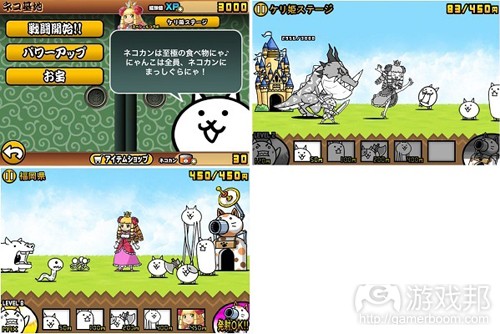

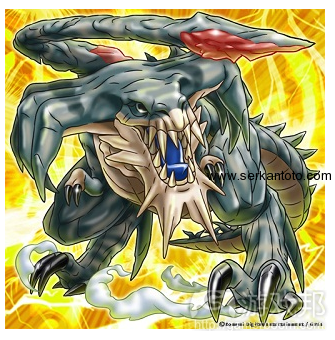
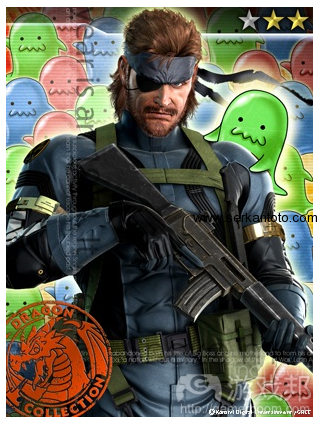
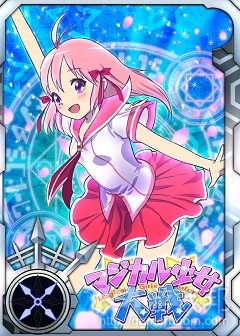
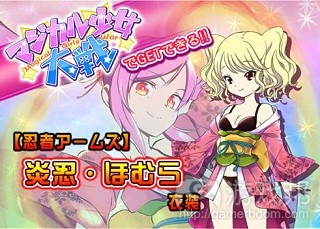
















 闽公网安备35020302001549号
闽公网安备35020302001549号